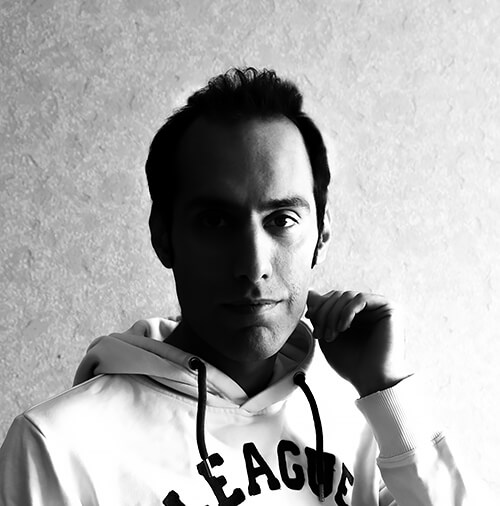Netherlands-based Iranian documentary photographer Hossein Fardinfard (born
1985) took an unconventional path to his profession. After majoring in
cartography, geomorphology, and IT, ultimately he discovered his aptitude for
visual storytelling at the age of 30.
Fardinfard came to see photography as a means for observing society more
intimately, and for knowing himself more deeply in turn. He has thus come to
specialize in photography that explores social observation, human rights, and
identity.
"I like storytelling not only as a process of documenting but also as a means for
exerting a constructive influence on society, something like what Lewis Hine, the
pioneer of photojournalism, did in his era in the USA. My relationships with
photography subjects enhance my understanding of concepts like human rights.
To understand this keyword, I need to know people first. Through knowing
them, my spiritual investment in human rights has grown remarkably."
In the second phase of Fardinfard's artistic life -- at the Royal Academy of Art in
The Hague -- he had the chance to reflect more intently on the meaning and
philosophies of photography and the pictorial arts. This experience also
equipped him with principles of psychology and sociology that he readily applied
to his photographic gaze. "It's more thrilling when I can find a scientific
explanation of the social behaviors and interactions I'm capturing. I believe we
can talk about Human Rights in scientific terms. There should be a point where
the hard and soft sciences meet. I try to connect them and then visualize that
point."
